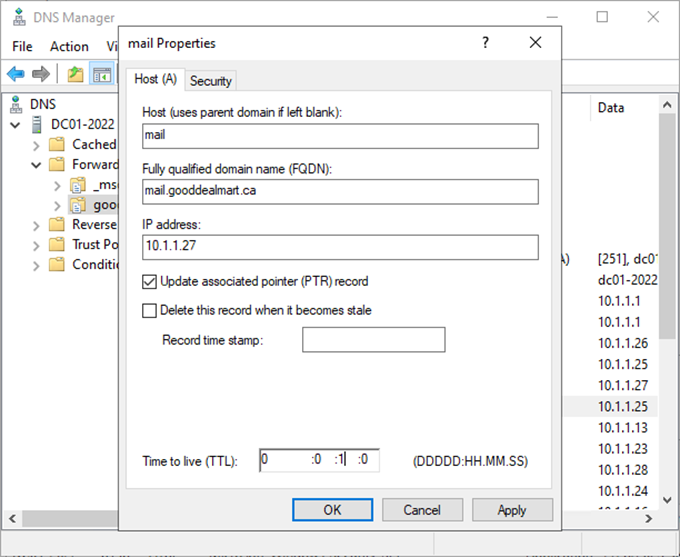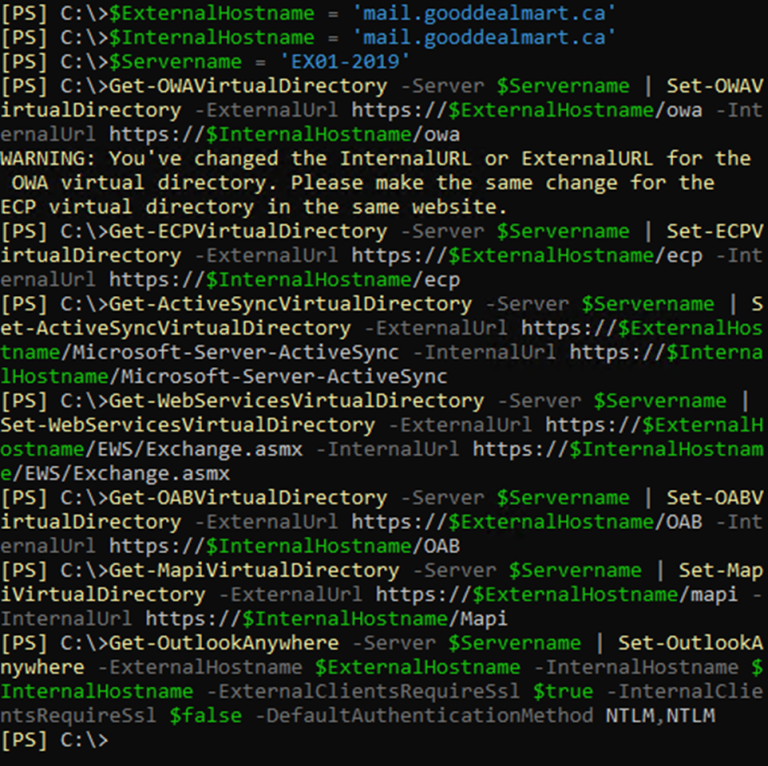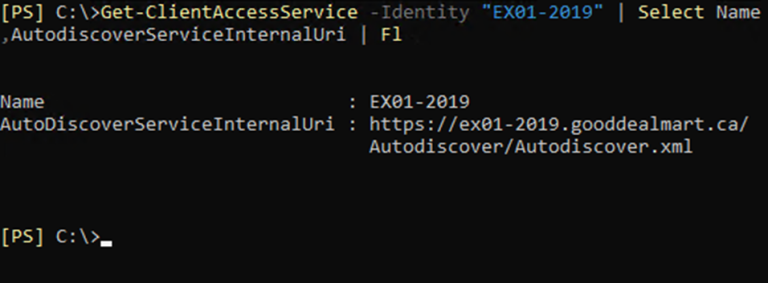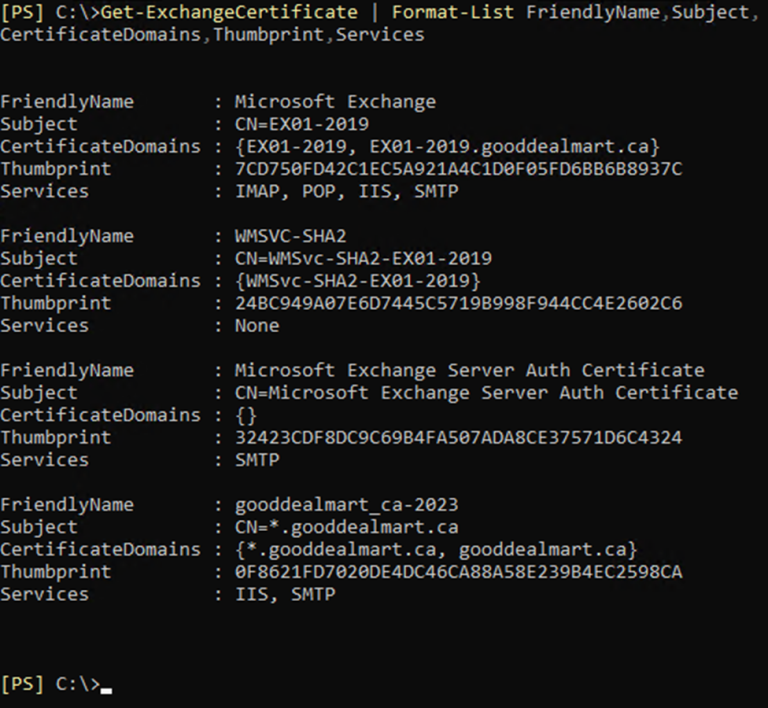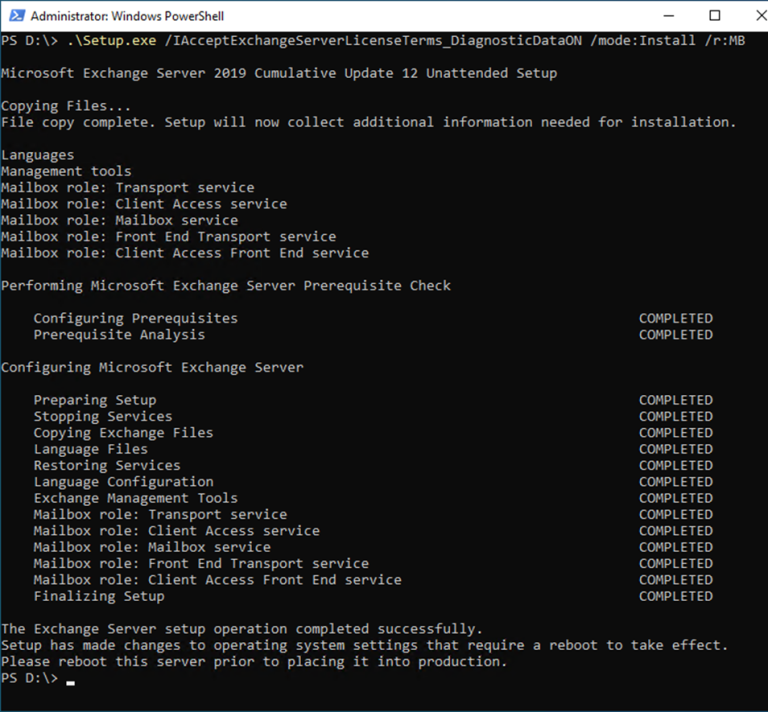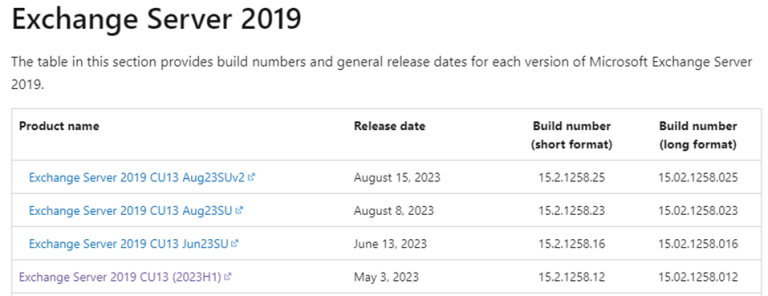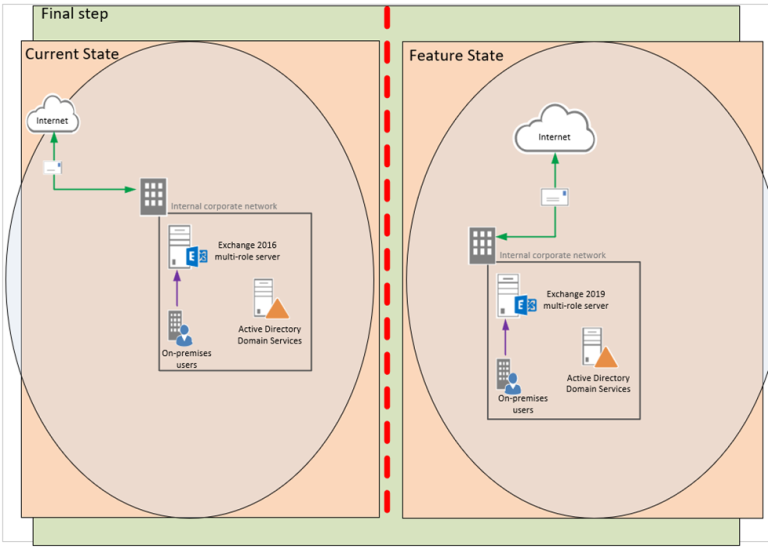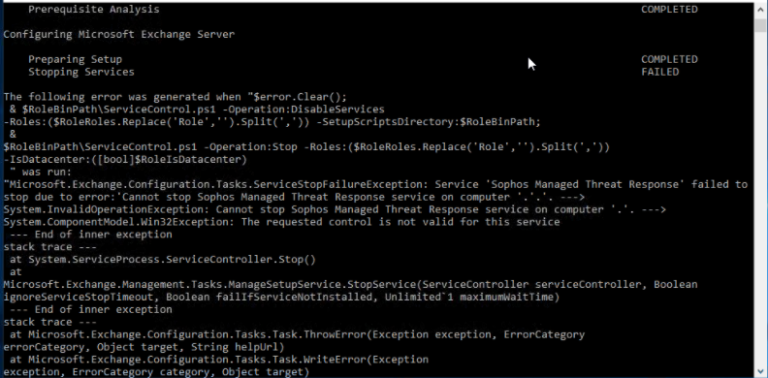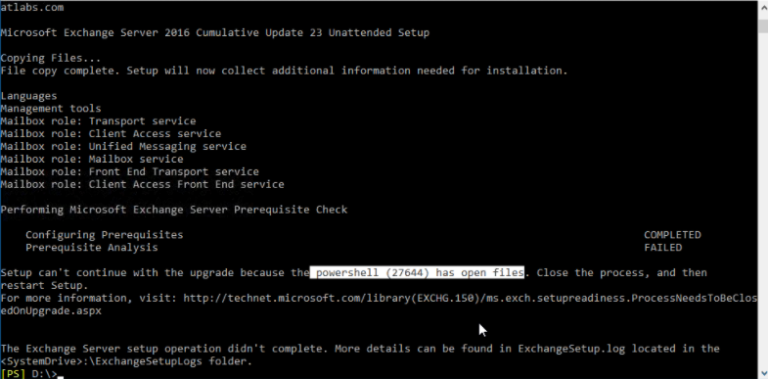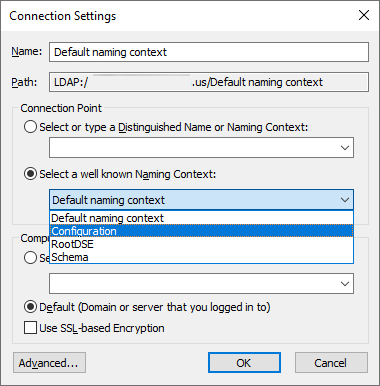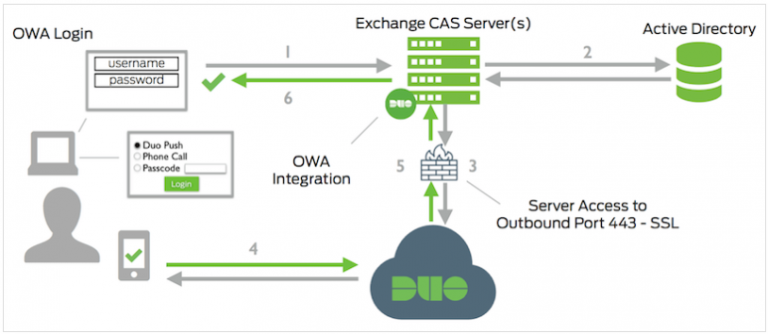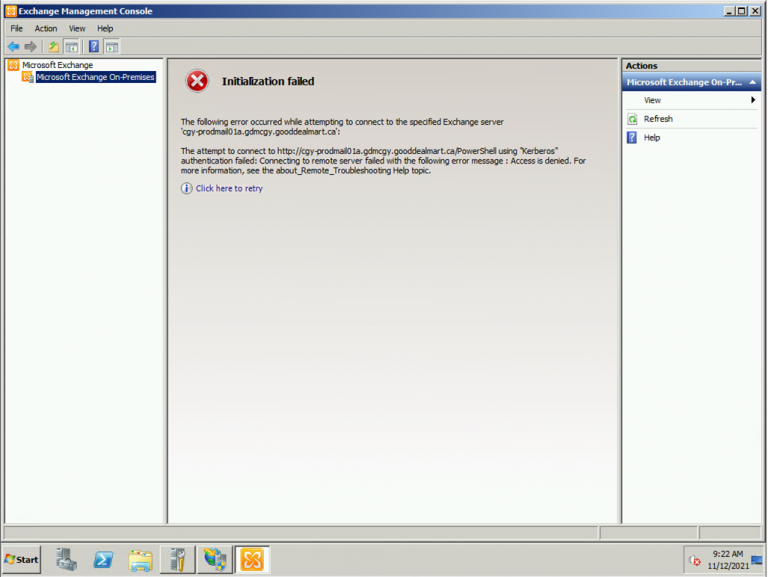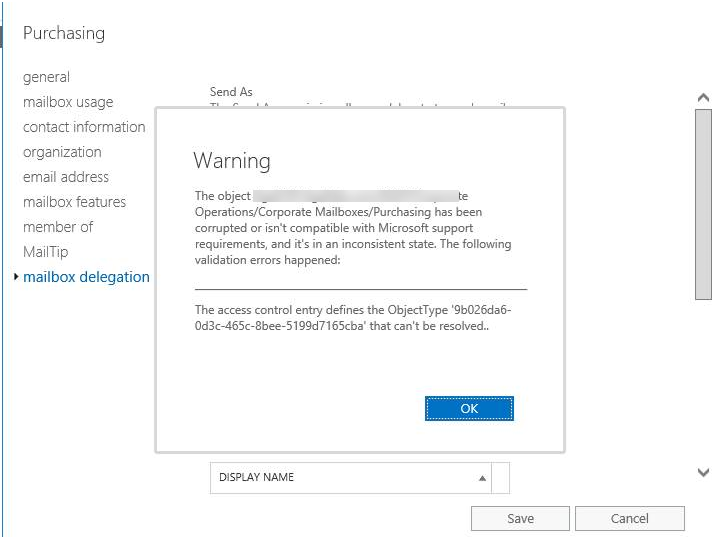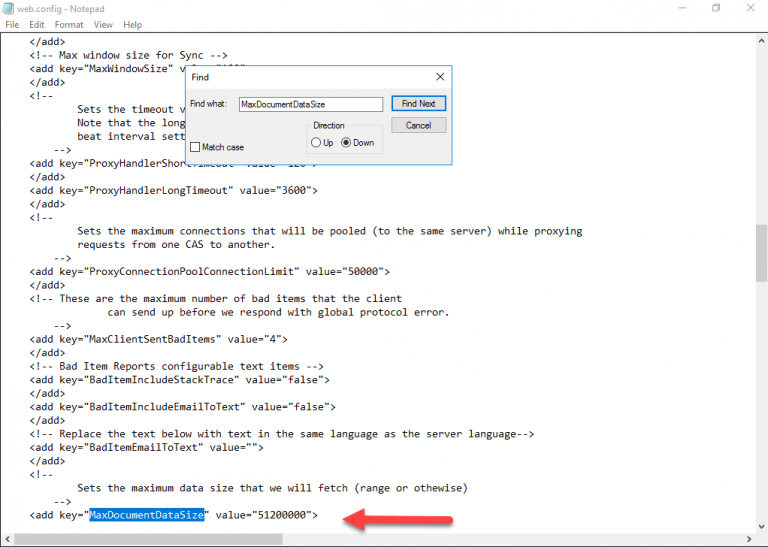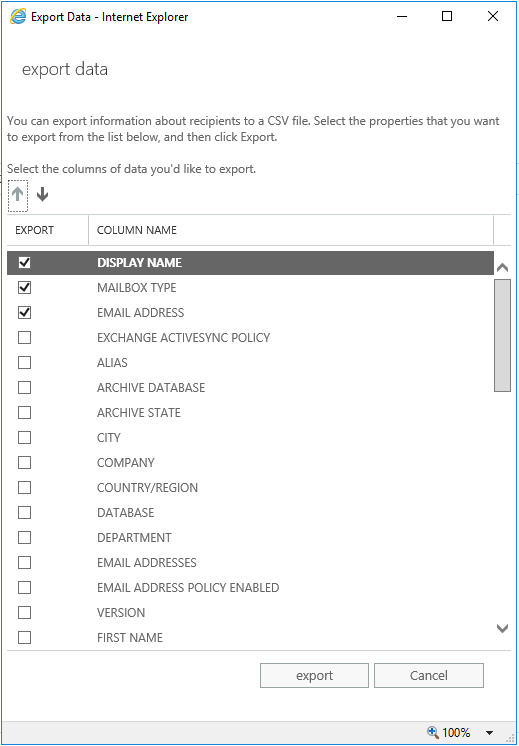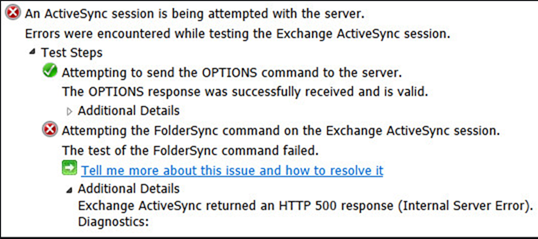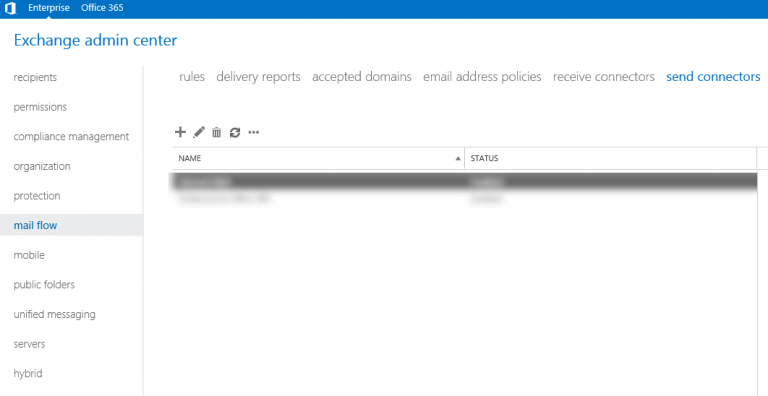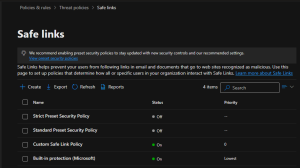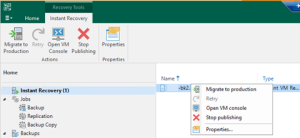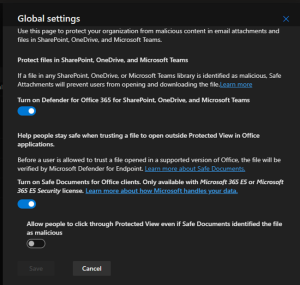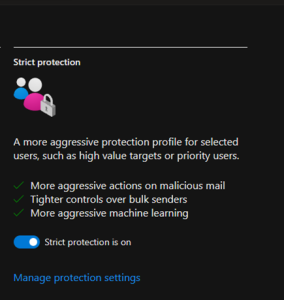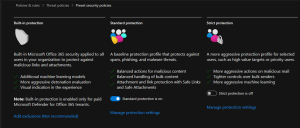To transition the client access namespace to Exchange Server 2019, change the DNS record...
Exchange
Testing the client access namespaces after configuring them ensures clients can connect to the...
Configuring the client access namespaces ensures clients can connect to Exchange Server 2019 using...
The Autodiscover service connection point (SCP) provides information to domain-joined Outlook clients on connecting...
We can reuse the existing SSL certificate for the new Exchange 2019 server.
The Exchange Server 2019 Mailbox role server manages mailbox databases, which store user mailboxes...
Preparing Active Directory for Exchange Server 2019 involves several important steps to ensure your...
Deploying Exchange Server 2019 involves several steps, including preparing the Active Directory environment, installing...
This error is common if the Exchange Servers use Antivirus endpoint software or a...
When I tried to prepare the AD schema for installing Exchange 2016 CU23, and...
Today, I helped a client migrate Exchange from 2010 to 2019. As you know,...
Today, I ma going to show you how to configure Cisco DUO two-factor authentication...
If you try to open Exchange management console but show Initialization failed "Kerberos" Authentication...
If you are trying to change mailbox delegation settings via Exchange Admin center and...
My customer call me and said he cannot open email attachment that larger than...
If you would like to use csv file for migration exchange user mailboxes to...
Microsoft released Cumulative Update 18 for Microsoft Exchange Server 2016 on September 15, 2020....
Today, I am going to show you how to configure Exchange server for simply...
oday, a customer told me that one of users cannot success to sync emails...
When you try to send email out from exchange server VM at Azure, you...
